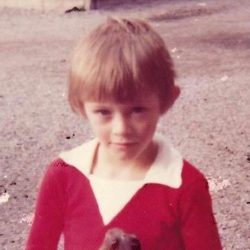“The Guide says that there is an art to flying,” said Ford, “or rather a knack. The knack lies in learning how to throw yourself at the ground and miss.”
– Douglas Adams, The Hitchhiker’s Guide to the Galaxy
I’m reading the Hitchhiker’s Guide to the Galaxy to my son while I’m homeschooling him. We do all of the school assignments of course, but I have a few assignments of my own. These include reading to him some of the books that have had particular significance in my life.
We have read through John Watson’s the Double Helix, and Arthur Ransom’s Swallows and Amazons. We read the Hitchhiker’s Guide to the Galaxy, the Restaurant at the End of the Universe and we just started Life, the Universe and Everything. That’s when we got to the part about learning to fly.
It somehow produced, in my mind, a tenuous connection to the Matty’s Paradigm predictive testable hypothesis 22, which itself is an outgrowth of the Sophia Proton thought experiment.
Predictive Testable Hypothesis 22
- IF the Holy Spirit is the power of God to inspire human writers,
- AND the physics of the universe has been written in scripture so that it’s
- obvious and
- invisible,
- AND the physics of the universe has been written in scripture so that it’s
- THEN phrases or words that look like physics, geology, chemistry or biology should be treated as if they are physics, geology, chemistry or biology,
- AND the science will be congruent with the scriptural context.
The connection is, as I said, tenuous and, if I’m honest, I can’t quite put it into words at this time. However, it has something to do with so-called Biblical literalists not actually taking the Bible literally, and somehow managing to miss most of its meaning.
Something along those lines. I’ll figure it out.


